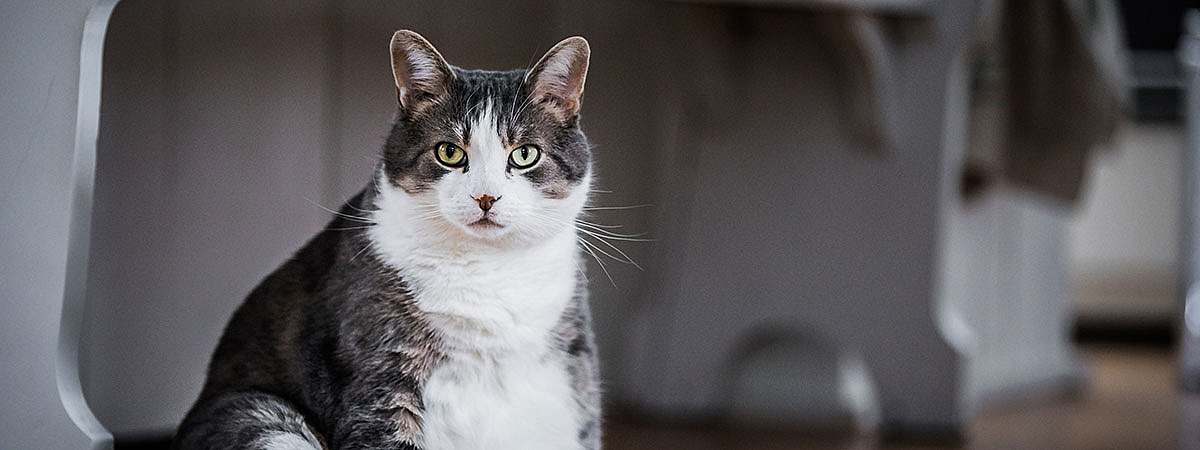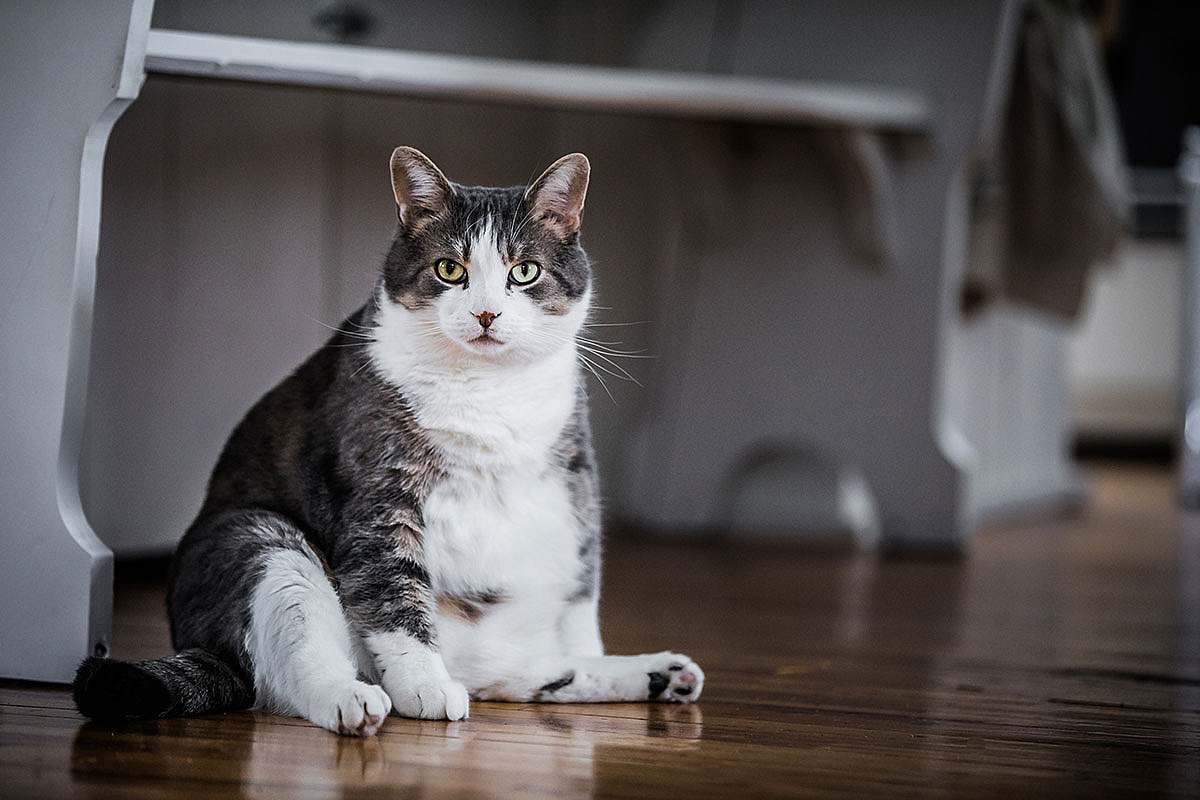
Pets need to watch their waistline too
When you take out the fads and trends, we all know it’s important to maintain a healthy, balanced diet - and the same is true for our animal companions.
It seems there are a thousand health and wellness regimes these days – cleanses, detoxes and diets too.
When you take out the fads and trends, we all know it’s important to maintain a healthy, balanced diet - and the same is true for our animal companions.
Estimates vary, but as many as 40% of Australian pets are overweight. We all like to treat our special friends to a little something special from time to time, but consider this: a cat eating 25 grams of cheese is equivalent to a human eating three and a half hamburgers!
Overweight animals are prone to a number of health issues – including diabetes mellitus and pancreatitis, while they are also putting more pressure on their hearts and joints which can often worsen clinical signs of arthritis and heart disease.
So what can we do to help our pets maintain a healthy weight? Just like for humans, the key is exercise and balanced eating.

The amount you feed may vary due to the health, weight, activity level and age of your pet. Puppies and kittens under three months need three to four meals each day. Whereas senior pets may need multiple smaller feeds throughout the day.
It’s important to always provide plenty of fresh water. And yes milk is a treat, not a staple – a cup of milk is like a human snacking on half a dozen large blueberry muffins.
It’s also important to never feed your pets chocolate, onions, macadamia nuts, sultanas or grapes as they can be toxic. Table scraps can be high in fat and cause obesity or pancreatitis – so they should be off your pet’s menu too.
We all lead busy lives, and often it can be tempting to skip walking your dog after a long day. But it is important to exercise your pet regularly, especially if they are larger and have a lot of energy. It doesn’t have to be a long walk, you can play games like fetch if you are unable to take you dog out or you could got to a pet-friendly beach for a swim.
Cats need plenty of exercise too. You can encourage your feline friend to play with toys or chase a piece of string. Not only will it help keep them fit, it’s also an entertaining way to spend time with your cat.
There are also some additional specific requirements to consider if you have a different type of animal as a pet.
Despite what Bugs Bunny cartoons may have taught us, a rabbit’s diet should not be exclusively made up of carrots. Like fruit, they should only be a special treat (a small amount is ok).
Rabbits and guinea pigs require a high-fibre, moderate protein and low-carbohydrate diet. Three quarters of their food intake should be hay, with the rest mainly greens and some good-quality feeding pellets.
Birds should also regularly tuck into leafy greens, along with good-quality, well-balanced pellets. Again, it is a misconception that birds should eat lots of seeds. They can have minimal amounts, as long as they are not sunflower seeds.
If you’re unsure about exactly what to feed your pet, or what to do if you’re worried they may be overweight, speak with your vet. This way, you will get the best advice to help your pet have a long, healthy and happy life.
Lort Smith in Melbourne exists to improve the health and happiness of animals and the people who care for them. To support their wonderful work, please visit lortsmith.com
Most Recent Tales
Zelda the Paw-fessional Greeter
Peter keeps the peace at Lyka’s dog-friendly office
Meet Charli, Chief Cuddle Officer
Benji the physiotherapy assistant
More Tales
Subscribe to our Tales
Tales, the official blog of Australia CAN, is full of news from our network, updates on our advocacy efforts and heartwarming stories that celebrate the human-animal bond. Please enter your email address above so we can let you know when a new Tale has been published, and also occasionally send out other important announcements. Thanks for staying in touch!




